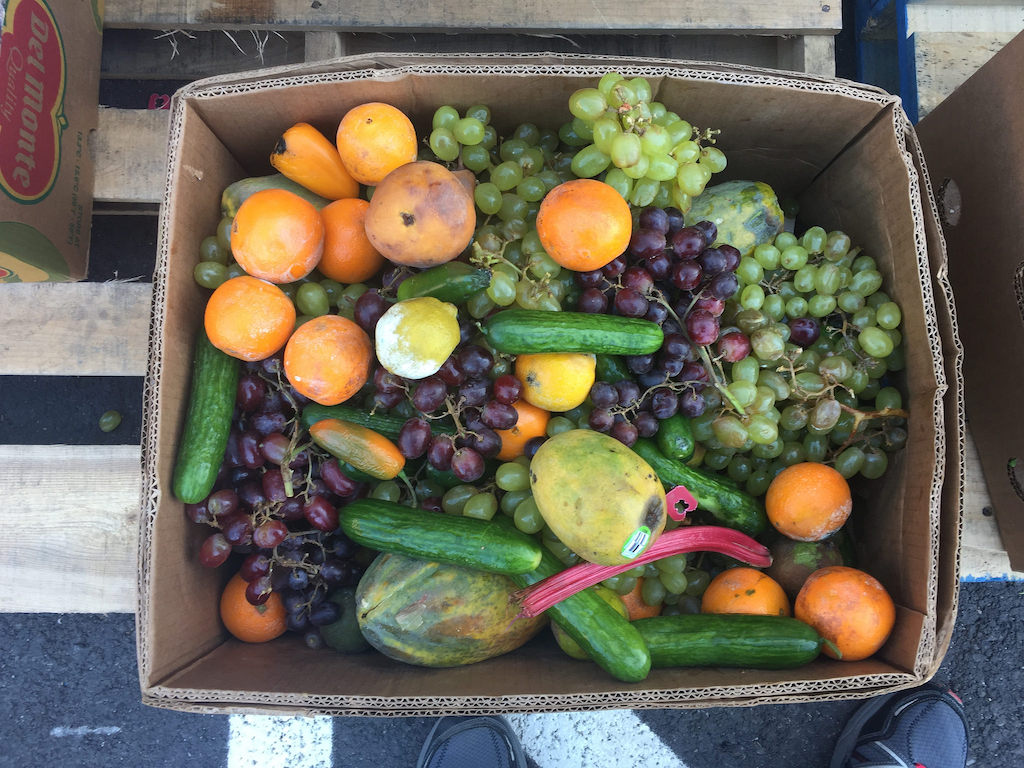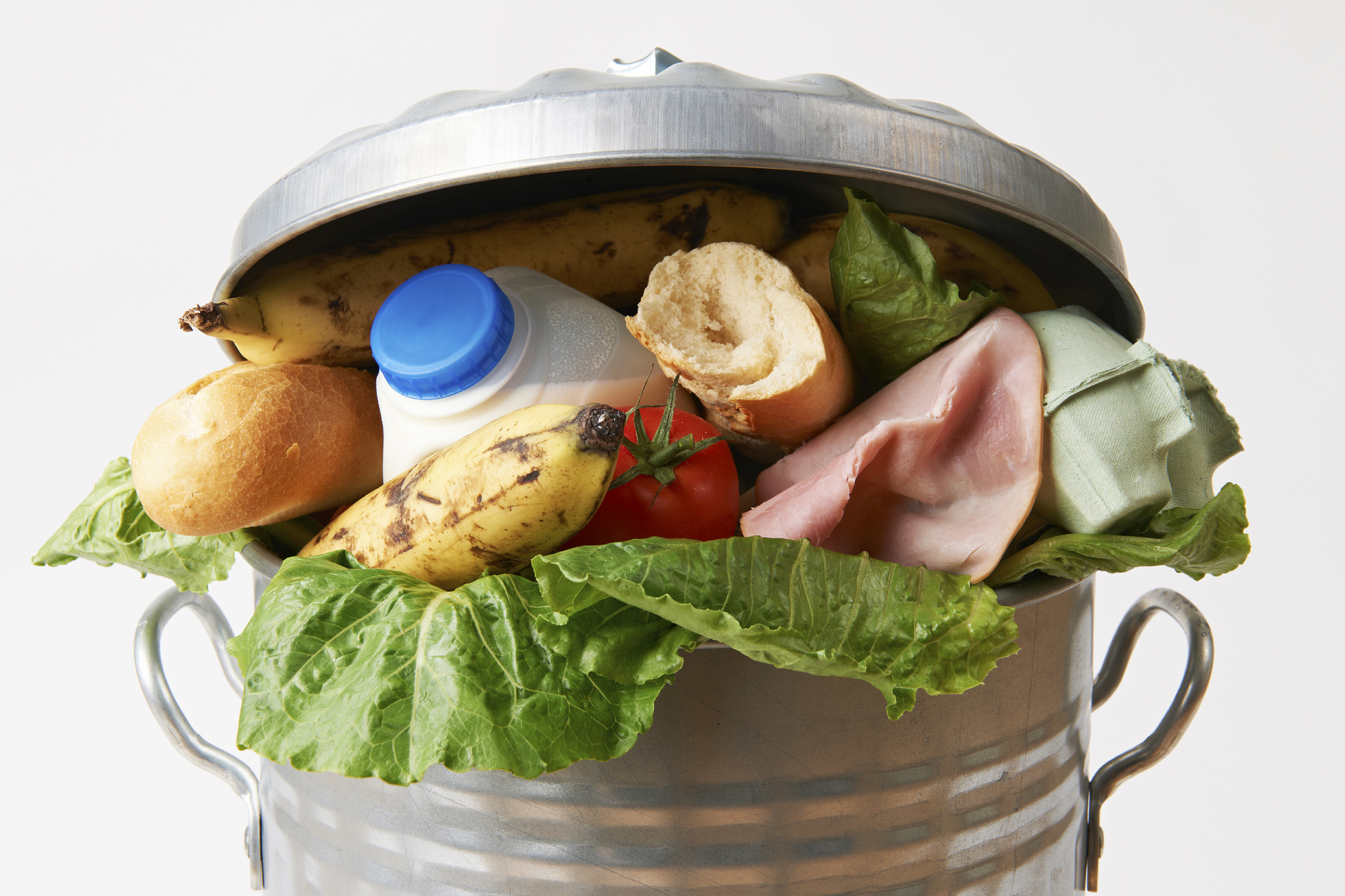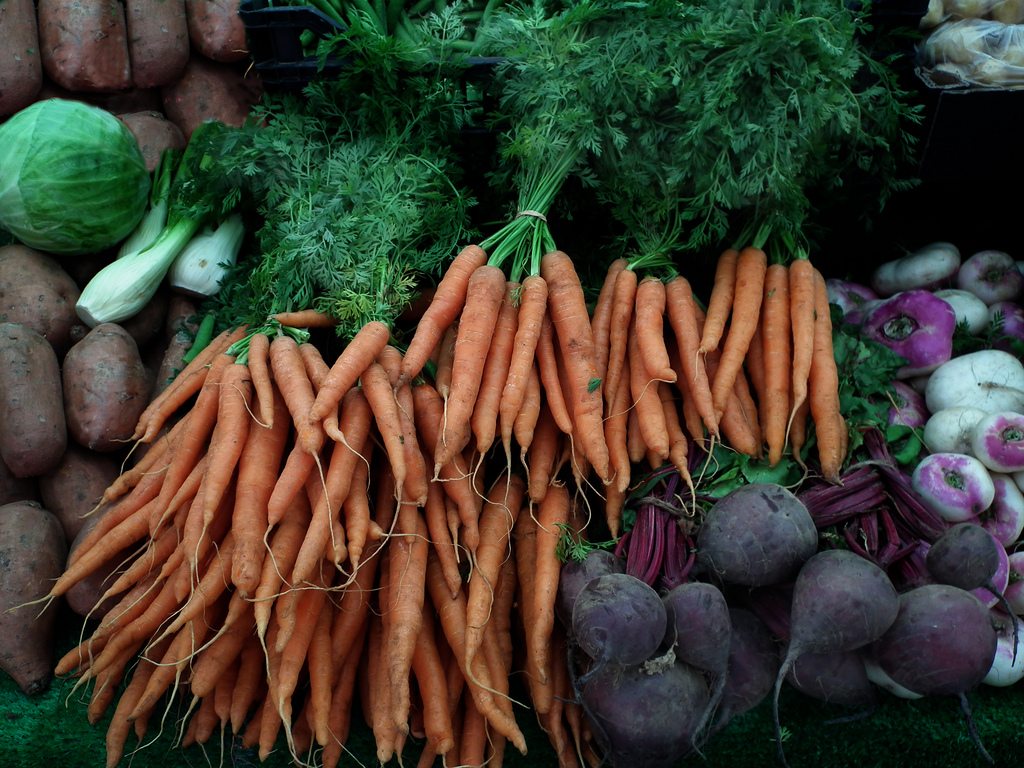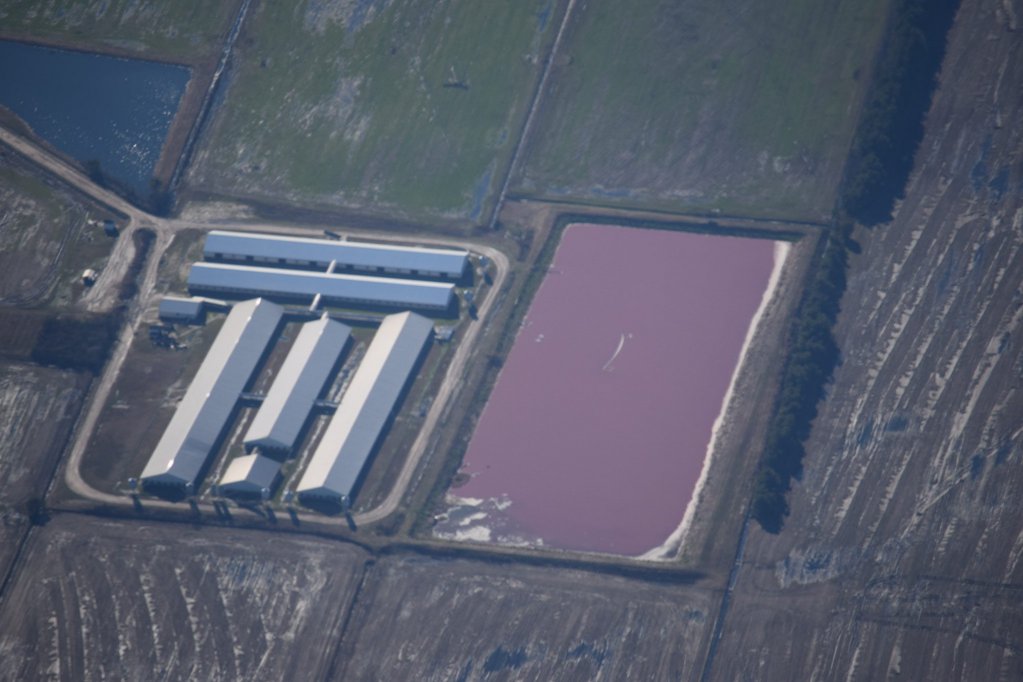
Flickr / Luke Jones
It’s no secret that the issue of food waste has attracted the attention of entrepreneurs and innovators. It’s a seemingly intractable problem. And the inherent potential in intractable problems gets disruptors and investors super excited. Here’s a great example: A month ago, you may recall, we reported on an effort to convert dairy by-products into to biogas to fuel hydrogen cars. (Toyota and the dairy industry make very interesting partners.)
But why leave all that excitement to entrepreneurs, when governments can get in on it, too?
The Commission for Environmental Cooperation, an environmental association born of the NAFTA accords, is encouraging North American countries to move beyond composting, and get their major companies to start “diverting” food waste, on an industrial scale, toward conversion into new energy products.
Translation? Don’t try to get companies to care about food waste. Leverage the buying and trading powers of three massive countries, and create a market for them to profit from.
What did the researchers find? Well, one thing we already knew: North American countries, and particularly the U.S., produce a whole lot of trash. In 2014, the most recent year included in the study, the authors report that Americans generated almost 146 million tons of organic waste. Less than 20 percent of that was diverted, meaning converted or composted into a usable product. And if you look at food, which represents the majority of that organic waste, the rates are much worse—only between 3 and 8 percent of food waste is diverted.
Important caveat: Those numbers depend on the sector. The residential sector, for example, produces less food waste that the industrial and commercial sectors, but we’re much worse than our corporate counterparts in “disposing” of it—that is, throwing it out the wrong way.
When food and other organic matter decomposes in landfills, it releases carbon dioxide and methane into the atmosphere. The result, the commission finds, is that North American food waste that’s been improperly disposed of emits up to 100 million tons of greenhouse gas every year. That’s almost half of all greenhouse gas emissions from solid waste.
There’s some good news. America is actually getting a lot better at composting that food waste. Today, thousands of composting plants are operating in Canada and the U.S., and that is reducing those emissions every year. But compliance isn’t an incentive, in and of itself.
“Private companies do this work and governments regulate it,” said David Donaldson, one of the study’s co-authors, in an email statement to the New Food Economy. “In many cases they’re putting the cart before the horse. There needs to be a plan in place to deal with the diverted organic waste.”
What Donaldson means is that governments are aware that private companies are trying to find ways to minimize food waste. They just haven’t been properly incentivized to do so.
And we’re not talking about small-scale, “pay-as-you-throw” programs, like the kind the study’s authors found to be a successful money-maker in Brattleboro, Vermont. At the level of industry, the authors encourage companies to invest in the infrastructure that supports the process of anaerobic digestion (AD) in large-scale containers. AD deprives waste of oxygen, in turn releasing biogas and digestate, a soil conditioner that improves moisture levels. The biogas can be captured to create electricity onsite, sold as green power, converted to fuel, or be used toward meeting renewable fuel standards. Digestate, meanwhile, can be used as farm fertilizer. (Already, there are about 250 AD facilities in America, and nearly all of them are geared toward farming.)
To move beyond that recommendation, and into the world of, say, converting food pulp into fuel, there needs to be more than a smattering of federal incentives. There needs to be—once again—a market.
The study cited more than 227 regulatory policies and incentives specifically related to AD, ranging from federal funding, to numerous local and statewide programs. But those don’t mandate activity from the major industrial processors. And that should indicate their popularity; the researchers couldn’t find any data about how processing plants, one of the major sectors of food waste production, are converting their waste into usable by-products. So, too, is data “lacking” from grocery stores and restaurants.
Here, the study’s authors suggest that industry trade groups should take a larger role in tracking food processing waste, and better incentivize those new, renewable by-products. A possible model? Powering onsite operations. Right now, they note, the majority of energy generated by AD typically remains onsite, to fulfill a farm’s power needs, for instance. Perhaps, the study seems to suggest, industrial food processors could do the same and watch the savings roll in.
That’s one step. Another seems less likely: establish anaerobic digestion plants that can take in food waste from multiple countries, and “co-digest” to create larger batches of renewables. The logic is sound. Just like pollution, a new energy market could know no borders.









